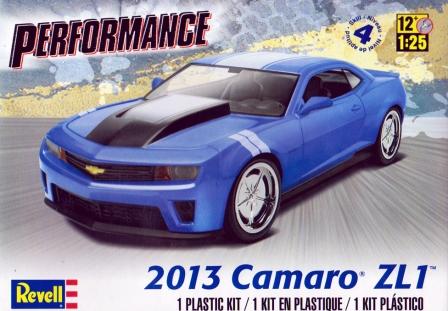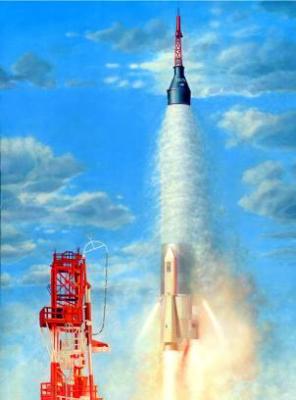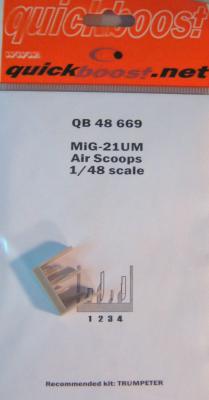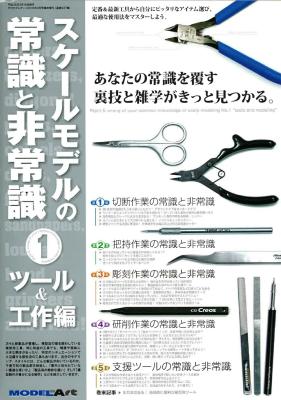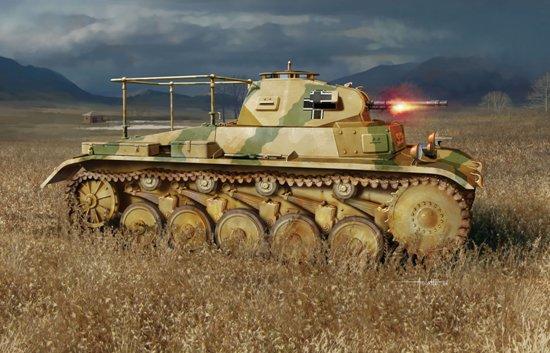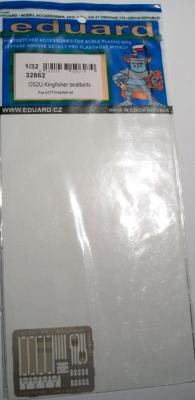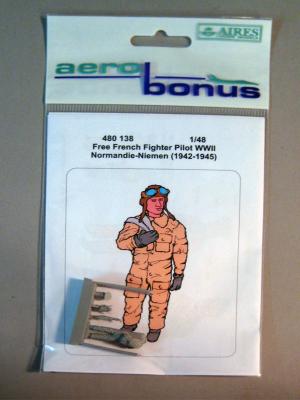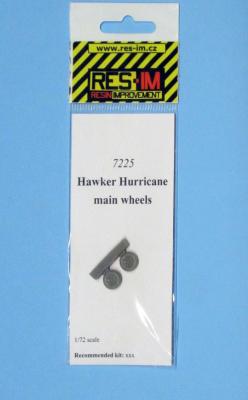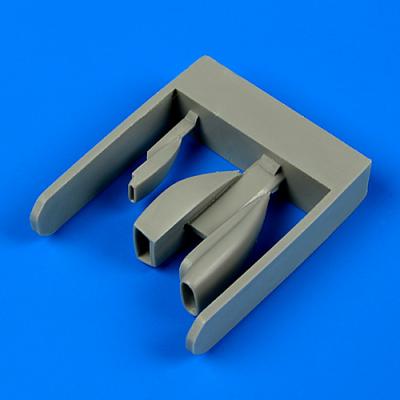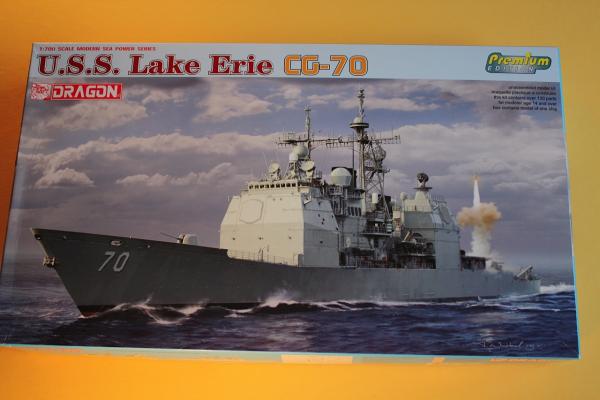The Revell website sums up this vehicle nicely, “The 2013 Camaro ZL1 is the most technologically advanced Camaro ever made. In 1969, the original ZL1 was a custom-built COPO ordered car with an all-aluminum 427 c.i.d. engine. It was a bold move for its time. Stepping ahead more than 40 years, the 2013 ZL1 is even more robust, with a 6.2 liter supercharged V-8 pumping out 580 horsepower.”
What's New
Following on the heels of the release of the Mercury Capsule model, Horizon Models is breaking ground with the release of a 1/72nd scale model of the Mercury-Atlas. This release includes parts to construct one Mercury capsule with the addition of the parts needed to build the Atlas launch vehicle. In the way of a preview of things to come, Horizon has also announced the release of an Atlas ICBM version in the near future. It will use the same basic parts as the launch vehicle in the Mercury-Atlas kit.
Ever have one of those things that you just couldn’t do or at least couldn’t do well? For me that is hollowing out exhausts and air intake scoops. That is why I need gems like these from Quickboost.
Molded in light grey resin, these perfectly cast pieces are very thin. They are a direct replacement for the kit intakes which are solid plastic. On this mold block are seven intakes, it is amazing to see how thin they are able to get the lip on these intakes and still cast them. I know I could never do that. The hardest part will be to remove them, but once you get that done adding them is simple.
These intakes will add to the look of your MiG with minimal work. The realistic look of hollowed out intakes are easily seen on the model. Making this set well worth the money.
Highly recommended
Model Art Issue 937 is typical of other Model Art magazines in that it is written entirely in Japanese, with occasional English words, usually in article titles or in captions. This Tools and Modeling issue is devoted to the “Right & Wrong of Your Common Knowledge of Scale Modeling”. There are two pages of contents that are grouped in five major chapters. Color tabs are employed to identify each chapter for easy location of each section. Advertising comprises the inside covers (and back cover) along with another four pages showing what is available and new, always useful for building up that wish list.
History
The Panzer II was widely used in early campaigns of WWII such as the invasion of Poland, the Low Countries, and France. The main armament of most Panzer II variants was the 2cm Kw.K30 L/55 cannon, and a coaxial MG34, although the main gun was ineffective in the anti-tank role. One interesting conversion of the Panzer II was its use as an artillery observation vehicle (Beobachtungswagen). The armament was retained, and its most obvious external recognition feature was the fitting of a frame antenna on the rear deck. These Pz.Beob.Wg vehicles were successfully used in the target acquisition and artillery fire observation roles, primarily with self-propelled gun units. (sourced from the DragonUSA website).
This is a photo etch set to replace the photo etch seatbelts provided with the Kitty Hawk OS2U Kingfisher kit. This set is colored and are far more realistic and accurate compared to the set provided with the kit.
In the packet is:
- 1 colored photoetch sheet
- 1 instruction sheet
Summary
This is a great replacement set for the set supplied with the kit. The set gives a lot better and pre-painted set of seat belts for both the pilot and gunners seats.
Thanks go to Eduard for providing this set to review and IPMS USA for allowing me to review it for them.
Normandie-Niemen were Free French fighters who flew for the Russians following the fall of France. Their exploits while flying Yak-3s is the stuff of legends. Until now, if you wanted to have one of these pilots in your diorama, you had to settle on a Russian pilot in Russian flight gear. Not anymore.
Molded in light grey resin, this pilot figure contains four parts: the body; arm; and two heads, one with a dress hat and one with a flying helmet on. The pose is completely natural with the pilot standing upright with a parachute draped over his shoulder. You can put either head on him. I’m going to put the dress cap on mine, since it is uniquely French. Both faces are well sculpted and very high quality.
Assembly is easy, just remove the parts from the block and assemble. The figure will look really nice next to an Eduard, Zvezda, or Accurate Miniatures Yak-3.
RES-IM has come out with a pair of resin main wheels for the Hawker Hurricane in 1/72.
They are cast in a medium gray resin with no flash or seam, smooth surface (no thread) and are slightly flattened at the pour stubs.
When I first saw that these were released, I was a little confused as they had previously released set 48585 which was a set of scoops. The confusion was solved with a little research. The initial release was for the OV-1 early versions while these scoops are specific to the OV-1D Roden release. Problem solved but there is no mention of which is which on the either set so modelers will need to do the research. On to the parts review.
The set includes three scoops with no seam lines and deep insets. Casting is perfect and removal is simple with a saw blade. Installation is also simple with one scoop on the left by the cockpit and the other two on the top of the fuselage. There is an excellent note explaining which Quickboost parts replace which kit parts. As you can see by the pictures showing comparison, these parts are much improved with better profile and depth in the openings.
History
USS Lake Erie (CG-70) is a Ticonderoga-class guided-missile cruiser of the United States Navy, named after the U.S. Navy's decisive victory in the Battle of Lake Erie during the War of 1812. She is the first U.S. Navy ship to be commissioned in Hawaii. The USS Lake Erie is a baseline 4 Ticonderoga class ship, with integrated AN/UYK-43/44 computers (in place of UYK-7 and UYK-20) and superset computer programs originally developed for the Arleigh Burke-class guided missile destroyers. The Lake Erie also has an improved UYS-20 data display system and various decision aids, as well as the SQS-53C sonar and the SQR-19 sonar data processor.

